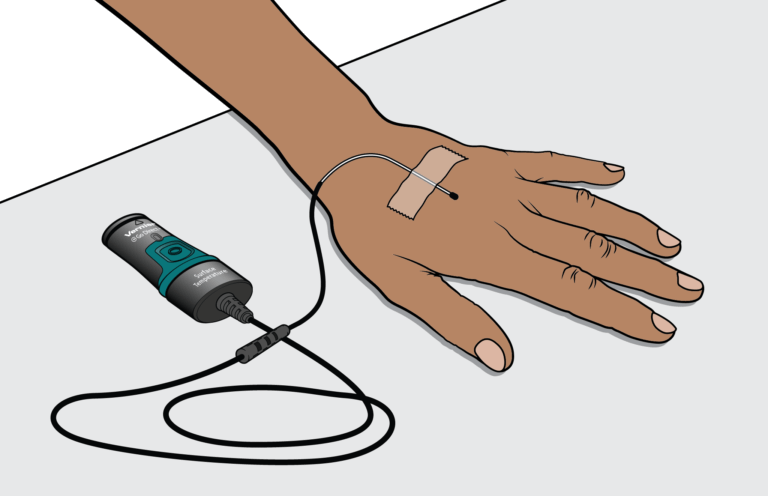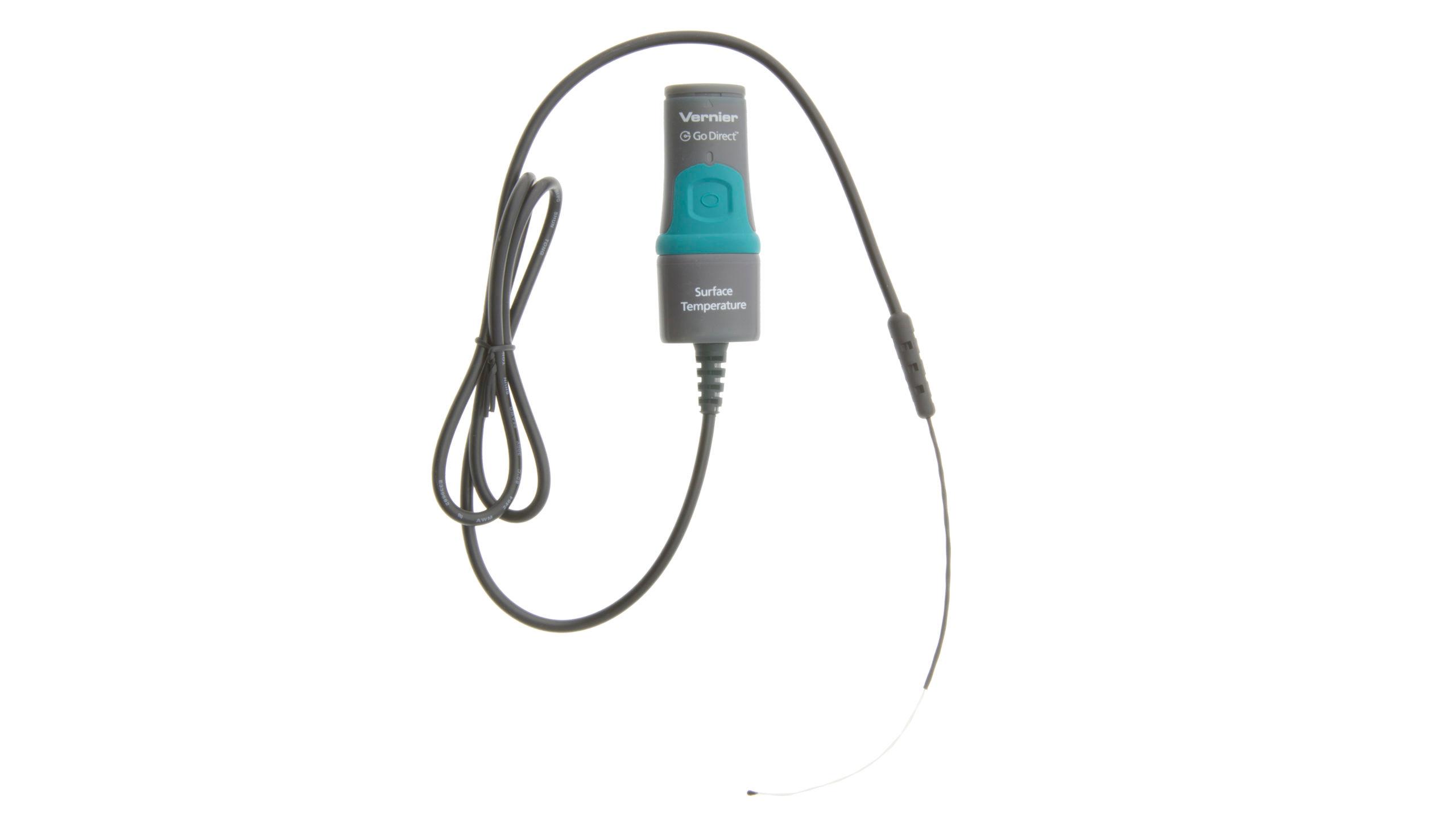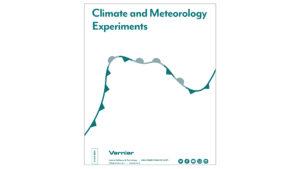
Introduction
Wind chill temperature (or index) is what it “feels like” outside as opposed to the temperature measured by a thermometer. It is a factor of both the actual temperature and the wind speed and is the rate of heat loss experienced by exposed skin due to these factors. Wind chill is defined only for ambient temperatures below 10℃ and wind speed greater than 4.8 km/h. Inanimate objects, like water or metal, are not affected by wind chill; only animals notice wind chill.
While wind chill is a commonly reported measurement in weather forecasts in the winter, it is somewhat problematic. One of the primary issues with measuring wind chill is that we lack a global standard for how to determine the value. Another concern is that wind chill calculations do not account for other factors such as relative humidity and solar radiation. Despite these issues, wind chill is still widely used and included in weather forecasts because, historically, the purpose of a wind chill index was to provide an indicator of the potential of getting frostbite.
In this experiment, the difference between air temperature and temperature by the body will be measured. Also, the effect of wind on air temperature and skin temperature will be measured and analyzed. While the temperatures that you will test will not reach below 10℃, the effect wind has on temperature can still be analyzed.
Objectives
- Use a temperature sensor to measure the effect of wind on the temperature of a warm body.
- Use a temperature sensor to measure the effect of wind on the temperature of the air.
- Interpret your results.
Sensors and Equipment
This experiment features the following sensors and equipment. Additional equipment may be required.
Ready to Experiment?
Ask an Expert
Get answers to your questions about how to teach this experiment with our support team.
- Call toll-free: 888-837-6437
- Chat with Us
- Email support@vernier.com
Purchase the Lab Book
This experiment is #7 of Climate and Meteorology Experiments. The experiment in the book includes student instructions as well as instructor information for set up, helpful hints, and sample graphs and data.


